Scientific name Pseudocydonia sinensis Rank Species | ||
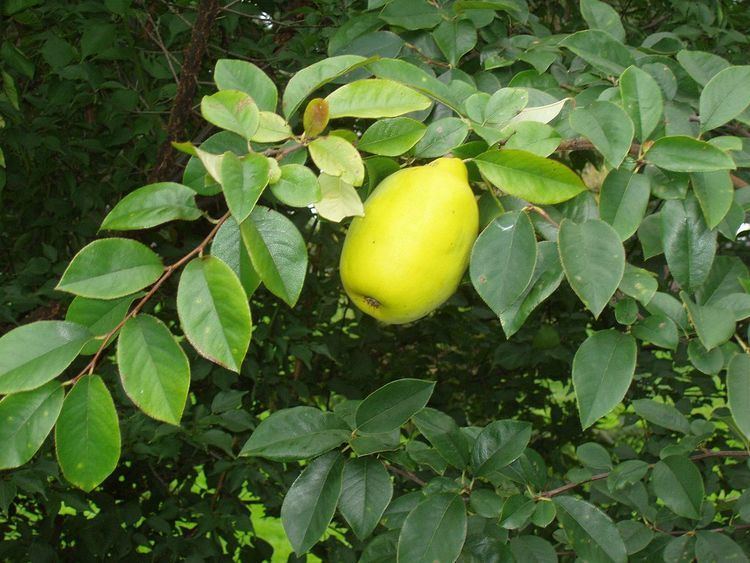 | ||
Similar Quince, Yuja‑cha, Ginger tea, Papaya, Persimmon | ||
Japan trip 2015 tokyo bonsai pseudocydonia karin
Pseudocydonia sinensis, the Chinese quince, is a deciduous or semi-evergreen tree in the family Rosaceae, native to eastern Asia in China, and the sole species in the genus Pseudocydonia. It is closely related to the east Asian genus Chaenomeles, and is sometimes placed in Chaenomeles as C. sinensis, but notable differences are the lack of thorns, and that the flowers are produced singly, not in clusters. The Chinese quince is also closely related to the European Quince genus Cydonia; notable differences include the serrated leaves, and lack of fuzz.
Contents
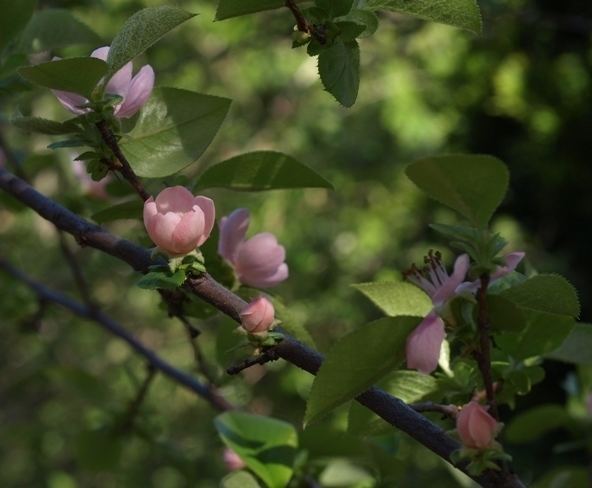
In China, the species is called "mugua", while in Korea, it is called "mogwa" (hangul: 모과; Chinese/hanja: 木瓜 - not to be confused with "papaya", whose Chinese transliteration is also called 木瓜) which is used for medicine or for making beverages, such as mogwacha. In Japan, it is known as "karin - 花梨" (literally, "flowering pear").

It grows to 10–18 m tall, with a dense, twiggy crown. The leaves are alternately arranged, simple, 6–12 cm long and 3–6 cm broad, and have a serrated margin. The flowers are 2.5–4 cm diameter, with five pale pink petals; flowering is in mid spring. The fruit is a large ovoid pome 12–17 cm long with five carpels; it gives off an intense, sweet smell and it ripens in late autumn.
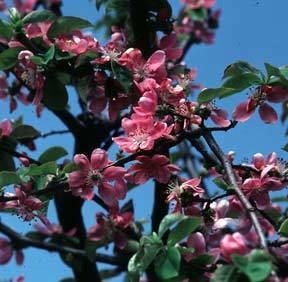
Bonsai pseudocydonia sinensis
Uses
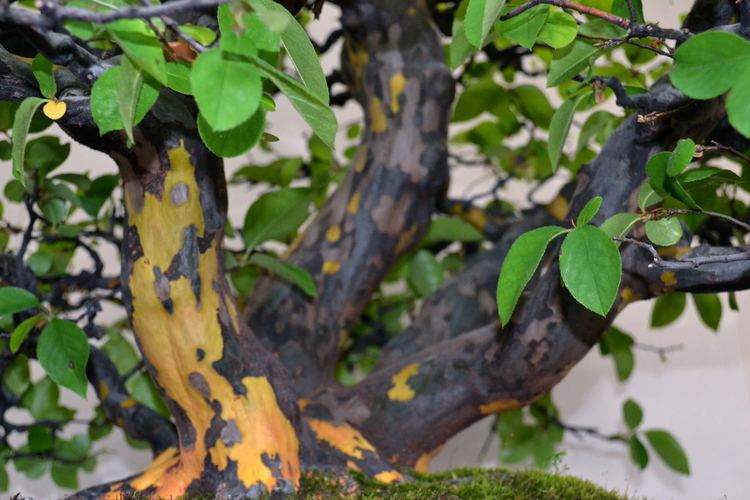
The fruit is hard and astringent, though it does soften and becomes less astringent after a period of frost. It can be used in the same way as quince is used for making jam. It is also grown as an ornamental tree in southern Europe.
The wood of this plant is frequently used in Japan for making low-end shamisen.
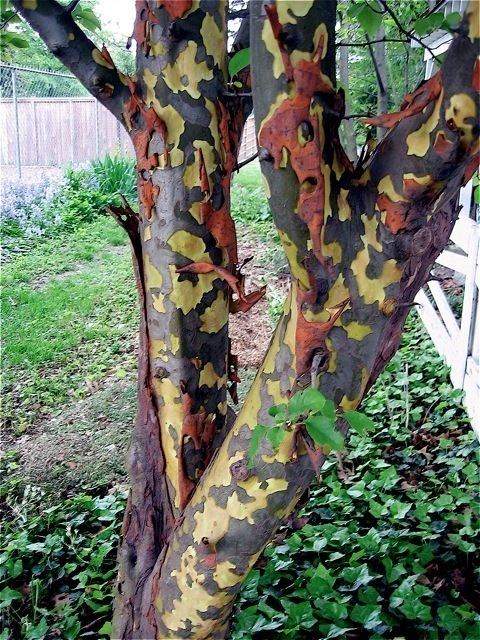
The fruit is used extensively in Traditional Chinese Medicine to treat rheumatoid arthritis (termed as "damp bi syndrome"). Recent pharmacological studies suggest extracts of phytochemicals in the fruit have antioxidant and antiviral properties.
